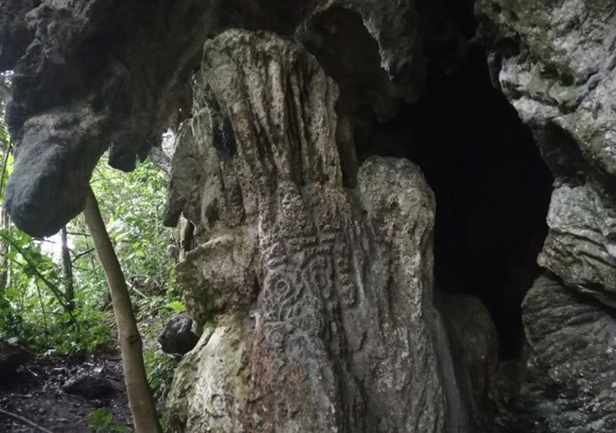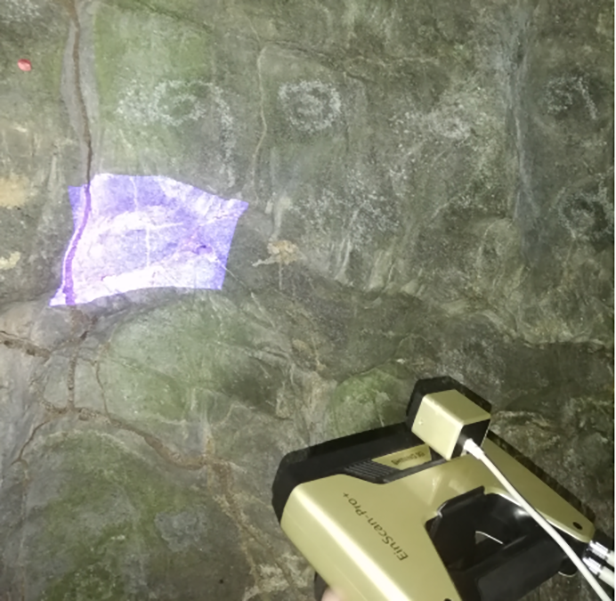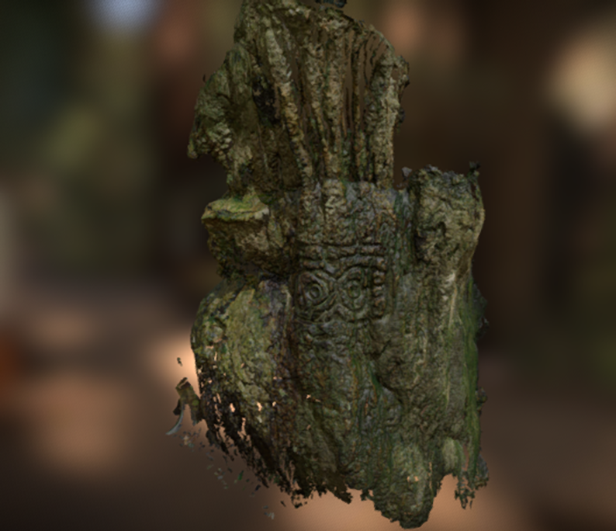Table of Contents
-a Case Study by ATEgroup
In Colombia there are incredible places standing out for their beautiful nature and breathtaking landscapes. In the municipality of Sonsón (Department of Antioquia) there is such a place, an area so unique that it seems to be taken out of fiction: the karst belt of Sonsón.
What is a karst belt?
A karst belt is a formation that occurs when carbon dioxide from acidic waters interacts with limestone rock creating sodium bicarbonate which is highly soluble. When surface and ground waters collide in the fissures of the rocks these are dissolving developing into particular shapes.
This landscape is very pleasing to the eye, and is truly worth visiting. However, its true beauty is hidden in its interior where marble deposits can be found. Marble is a metamorphic rock that is formed when limestone rock is subjected to high temperatures and great pressures. In this way, it reaches a degree of crystallization. This is how the marble we know and use for buildings, furnitures and design objects builds up.
This place in Sonsón bears another secret inside its caves: their walls are covered by petroglyphs created thousands of years ago by our ancestors.

Petroglyphs, or also called “rock art”, served as means of communication thousands of years ago, before the arrival of pencil and paper and long before the emergence of modern communication technology. The drawings on the walls were either painted with pigments or carved in low relief with Stone tools. These drawings are a fundamental part of the history of humanity and their conservation is essential because thanks to them, we have an idea of how our ancestors communicated and how communication in general has evolved throughout history.

Petroglyph “El Búho”
When precious minerals such as gold, emeralds, diamonds or marble are found in these places, they quickly turn into excavation sites. Mining destroys the petroglyphs, so the question arising is how can the petroglyphs be preserved while humankind can simultaneously benefit from the mineral resources? Also, the influence of weather and natural disasters on the carvings is not to be underestimated. How can these issues be solved safely and efficiently?
How 3D scanning is solving the preservation problem
Nowadays the exact characteristics of an object such as height, depth, shape and even colors can be captured and digitally stored by means of 3D scanning technology . Taking a 3D scan of the petroglyphs is a great approach for preserving the rock art authentically and also sharing the data online for the global research community.

What equipment was used?
Einscan Pro Plus is a 3D scanner that uses structured light to capture complex geometries and depth in an easy, fast, accurate and practical way.

What results were obtained?
The result of a 3D scan is a 3D model. With the help of a specialized software, the exact details and characteristics of the petroglyph scan can be analyzed thoroughly. 3D scanning helps to save a copy of the exact current state of the petroglyph and further protect the ancient carvings from human impacts and erosion. The 3D models can also be uploaded to the internet where they can be admired by anyone worldwide. For example here : https://sketchfab.com/GRUTA

3D scanned petroglyph
Thanks to 3D scanning, we realize that technology is not only useful to be in social networks, or to take pictures of our food and post it somewhere, but that it is a fundamental tool that since its arrival has served to provide solutions to real problems that arising in our society.
About ATEgroup
ATEgroup is boasting over 20 years of experience in the field of 3D technologies. Offering services from 3D scanning, virtual tours, reverse engineering and metrological inspection, they have worked for customers and partners inside and outside of their homecountry, Colombia.
SHINING 3D is proud to have ATEgroup as a trusted partner in South America.

The expedition team from ATEgroup





